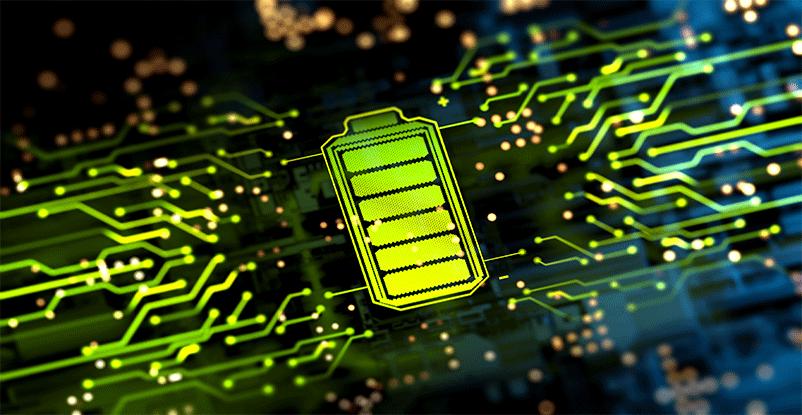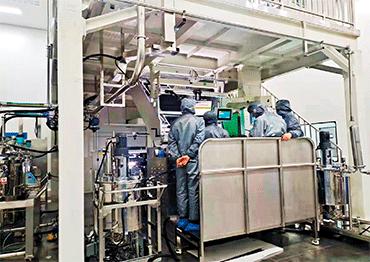Different from many overseas enterprises that focus largely on technological research and development, Chinese mainland enterprises also emphasize industrial applications.
“China’s industries with complete upstream and downstream supply chains give more advantages in responding to new technologies. China is very powerful at industrial transformation. NCM and LFP batteries weren’t invented in China, but China is advantaged at industrial application,” Yao told NewsChina.
To shorten the commercialization of solid-state batteries, Chinese enterprises opted to first apply semi-solid-state batteries, which they believe will in turn promote the technological development of solid-state batteries.
“Semi-solid-state batteries now compete with liquid NCM batteries in the mid- to high-end EV markets,” Zhu Guannan said, adding that the vehicles are expected to support a range of 600- 800 kilometers on a single charge.
“We estimate there will still be big demand for LFP batteries. Fifty percent of power batteries and 80 percent of storage batteries will still use LFP batteries,” Yao said. “So, Chinese enterprises will continue to try to grab the market for [liquid] Li-ion batteries as well as an advantage in developing semi-solid-state batteries, where it will be easy to shift production of liquid batteries to semi-solid-state batteries at a controlled cost,” he added.
Yu agrees. He believes solid-state batteries will not completely replace liquid batteries and the key problem is to find suitable applications for solid-state batteries.
To control the cost of solid-state batteries, NIO has launched a battery change service, which is much easier to promote than buying a whole new car. “NIO’s future task is to further reduce the cost of semi-solid-state batteries to be within 10 percent higher than the cost of an NCM battery. As output rises and the cost of cathode materials reduces, we expect the cost to drop in line with a liquid battery,” he said.
“At that time, semi-solid-state batteries will rather become a choice to reduce the cost of a whole car as they will require fewer batteries,” he added, predicting that the turning point will occur in 2026.
According to Yu, WeLion’s task this year is to satisfy NIO’s demands for semi-solid-state batteries, then in 2025, they will partner with two more car manufacturers. “NIO now has more than 2,000 battery change stations. During holidays, some car owners rent semi-solid-state batteries that contain 150 kWhs of electricity,” he said.
On May 31, 2023, Qingtao signed a partnership agreement with SAIC Motor to equip 100,000 new energy cars with semi-solid-state batteries by 2025.
“The growth in the production output of semi-solid-state batteries will be faster than expected, and we plan to establish a production line of 10 GWh before 2025,” Yao told NewsChina, revealing that EnPower has put into use a 0.3 GWh production line and in 2024, they will build a 2 GWh line at home and another 0.2 GWh line in the US. Both will go into production this year.
Yao argues that the commercialization of solid-state battery technologies will not be limited to EV batteries.
“We have to research market segments and find out those where liquid batteries can’t provide enough support and users are more tolerant of high costs... and we can also commercialize solid-state battery technologies in stages, such as the technologies that optimize the contact surface between the electrolyte and electrode,” he said.
According to Yao, EnPower is entering the drone market, as semi-solid-state batteries suit the need for high energy density. Given drone batteries are very small, manufacturers are not so price sensitive as car manufacturers.
But Yu is looking to the stars. “Future manned spaceships which require very high energy density can only be supported by full-solid-state batteries,” he said.
At the end of 2023, industrial analysts EVTank predicted that solid-state batteries will take up 10 percent of the total market share of Li-ion batteries by 2030, most of which will be semi-solid-state batteries. In January when a platform for integrating the research and production of solid-state batteries was established, Ouyang Minggao, deputy director of China Electric Vehicles 100, which researches electronic vehicles, predicted that full-solid-state batteries will account for 1 percent of the market by 2030, a rate he believed high enough to bring subversive change to the battery industry.

 Old Version
Old Version
